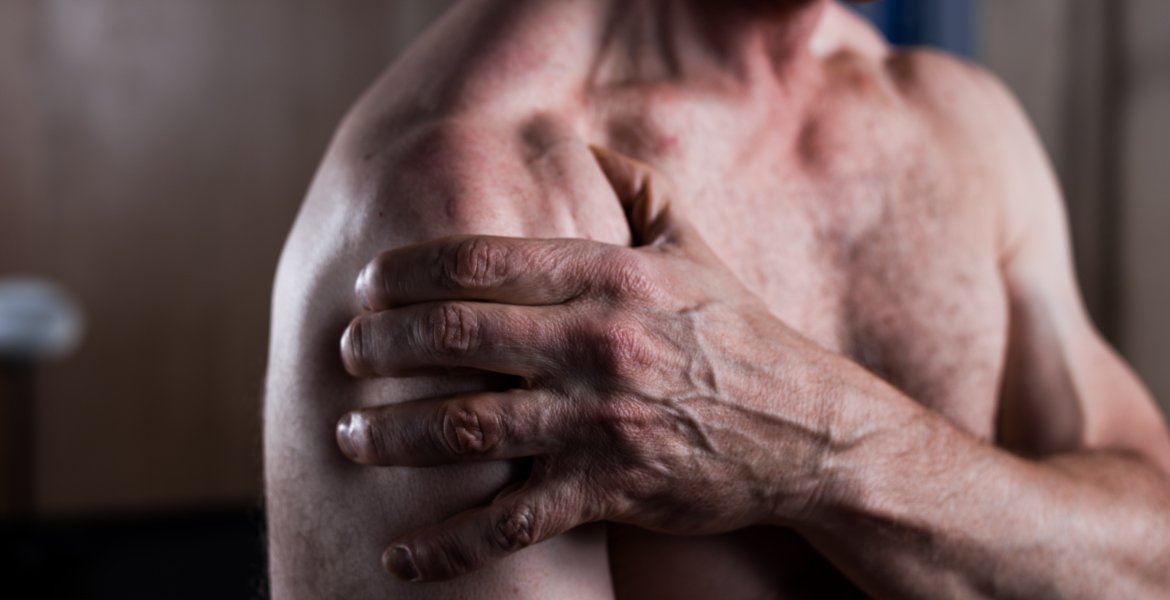“How’d You Hurt Your Shoulder?” (The Answer Means More Than You Think…)

I bet the first question your doctor asked was…
“How did it happen?”
The answer to this important question will help guide the recovery for your rotator cuff tear.
Here are the 2 common answers:
1. You fell hard (or some other accident)…
In younger individuals (under 40), traumatic rotator cuff tears are more common, and occur from a high force accident that often dislocates the shoulder.
For example, you fell hard on an outstretched arm while skiing.
More common is the progressive breakdown of the tendon over time by small “micro trauma.” This is a degenerative tear, also called an atraumatic tear.
2. Or it started hurting…
The degenerative rotator cuff tear is more common in older individuals, but showing up more frequently among younger people involved in shoulder intensive sports and activities.
However, it’s rare that a shoulder just begins to hurt. Many degenerative tears often have a triggering event. It may have been something like lifting a suitcase into an overhead bin, or it may have started after a workout, or a day painting the house.
In these cases, it’s the event that reveals a rotator cuff that’s been breaking down for years. In fact, it’s shown that 60% of atraumatic tears are pain free for years (1).
What Does This Mean?
Generally, traumatic tears are best treated with surgery. While degenerative rotator cuff tears take months to years to form; making it very possible to rehab with a program of strengthening and mobility work.
This trains the body to stabilize the shoulder with other muscles, form scar tissue to support the injury site, and find ways to move without provoking pain.
This will help fix the underlying issues that were causing the breakdown in order to stop the progression.
The truth is most degenerative tears return to full activity without ever needing surgery (3).
So You’re Saying There’s a Chance!
Often this message is mistaken as…
“You’re saying my rotator cuff will heal itself?”
Most tears won’t actually “heal” in the sense that a scrape on the skin will heal. Even surgical repairs don’t “heal” in this way.
Regardless of “healing,” it is still possible to functionally overcome a rotator cuff tear. Meaning, even if the rotator cuff doesn’t look 100%, it can still FUNCTION 100% like you did before.
It requires some work to correct the mechanics that are causing the tear, as well as build the “back up” plan to better support the shoulder.
Still Looking For a Plan of Attack?
If there was a traumatic accident that may have dislocated the shoulder (especially under the age of 40), see a sports medicine professional in regards to the best approach. Often these tears are debilitating anyway, so implementing an exercise rehab program would be difficult regardless.
For the degenerative tear, an exercise rehab program is encouraged as the first approach.
This is not rest, but an active participation in healing and moving better!
And this can be done on your own. We have designed a program that will walk you through each step of the rehab process.
Go Here…to take our Red Flag Screen to determine if Crossover Symmetry is the right choice for you.








